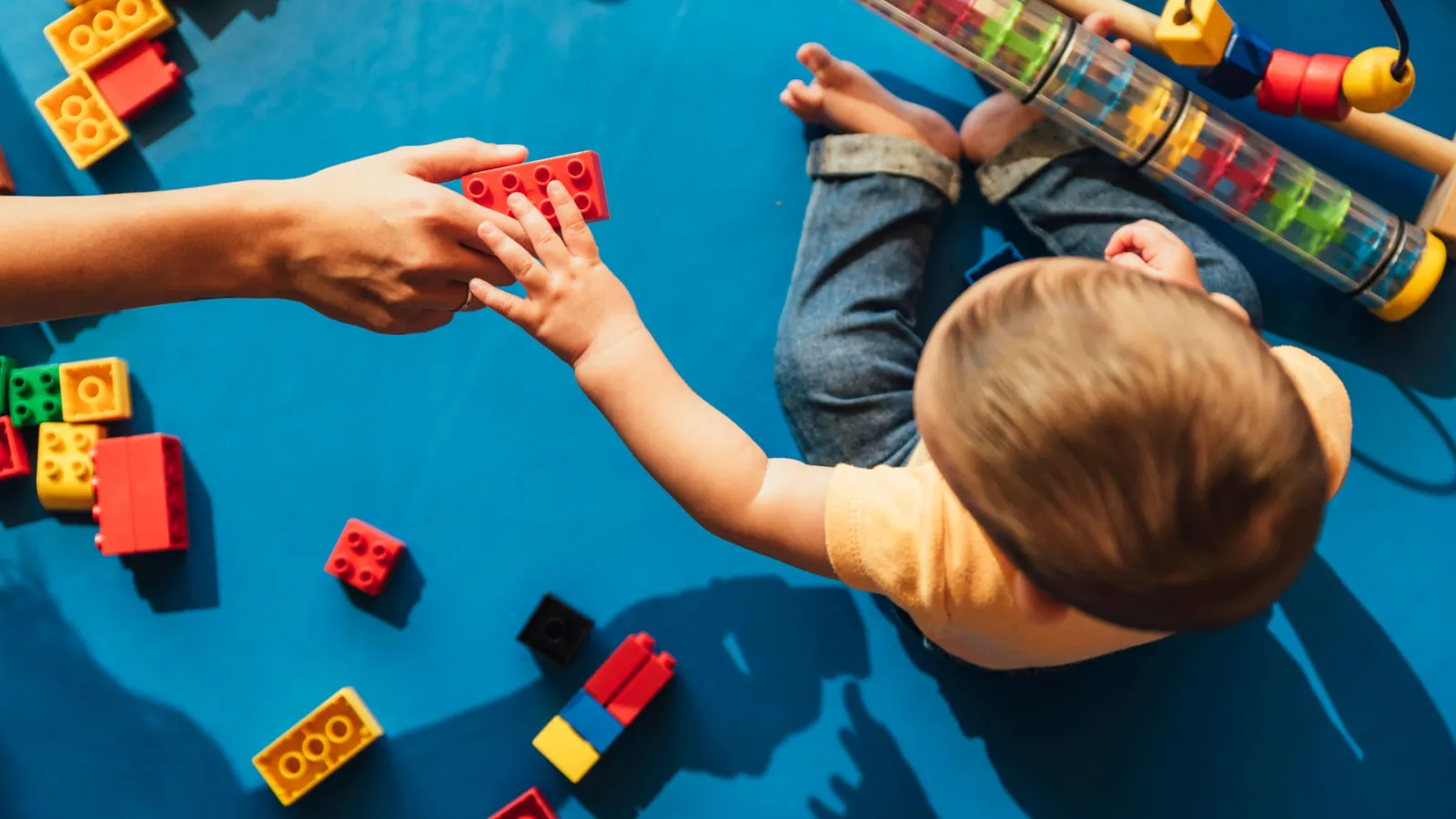Banner

Title
resources
Resource Library
Our Resource Library contains materials and assistance for early childhood educators and those they serve. Explore our selection of podcasts, tip sheets, websites, documents, and self-study courses.
Results: Page 141 of 213
| Resource Name | Description | Resource Type |
|---|---|---|
| Poison Help- Child Tips | When accidents happen with chemicals, medicine, or household items, call Poison Help. Get help right away from a local poison expert. | Document |
| Policy Brief - Challenging Behaviors and the Role of Preschool Education | Is there a rise in challenging behaviors among young children in early care and education? Is preschool a contributing factor or can it provide positive experiences that can reduce the rates of challenging behaviors? What about quality? In this NIEER policy brief, authors Lisa A. McCabe and Ellen C. Frede review the research in order to answer these questions and make recommendations that can lead to better behavioral outcomes. | Document |
| Policy Statement on Inclusion of Children with Disabilities in Early Childhood Programs | A new policy statement from the U.S. Departments of Education and Health and Human Services sets the expectation that all young children with disabilities should have access to inclusive high-quality early childhood programs, where they are provided with individualized and appropriate support in meeting high expectations. The statement highlights the legal and research base for inclusion; identifies challenges to adopting inclusive practices; provides recommendations to states, local programs and providers for increasing inclusive early learning opportunities; and links to free resources that have been developed to support inclusion of children with disabilities in high-quality early education programs. | Document |
| Policy Statement on Media and Young Minds | A new policy statement from the American Academy of Pediatrics (AAP), Media and Young Minds addresses the influence of media on the health and development of children from 0 to 5 years of age, a time of critical brain development, building secure relationships, and establishing health behaviors. It reviews the existing literature on variety of traditional and new technologies, their potential for educational benefit, and related health concerns for young children aged 0 to 5 years. | Document |
| Policy Statement: Quality Early Education and Child Care from Birth to Kindergarten | High-quality early education and child care for all young children improves abstract physical and cognitive outcomes for the children and can result in enhanced school readiness. Preschool education can be viewed as an investment (especially for at-risk children), and studies show a positive return on that investment. | Document |
| Porciones para niños preescolares | En el cuidado infantil, la cantidad que servimos en las comidas y meriendas/snacks depende de la edad del niño. Una porción razonable para preescolares es más pequeña que para adolescentes o adultos. La siguiente tabla compara las porciones para adultos y preescolares. Puede parecer que no es mucha comida, pero las cantidades de abajo son las correctas para los pequeños estómagos de los preescolares y la energía que necesitan. | Document |
| Position Statement on Challenging Behavior | Division for Early Childhood (DEC) of the Council for Exceptional Children has released its Position Statement on Challenging Behavior and Young Children (July 2017) to readdress the significance of healthy social-emotional competence of all children and provide guidance to practitioners, teachers, and families in preventing and effectively responding to challenging behaviors. | Document |
| Positive Behavior Support Plan | A positive behavior support plan is an action plan that outlines the specific steps needed to promote a child’s success and participation in daily activities and routines. | Tipsheet |
| Positive Discipline - A Guide for Parents | Now available for parents who speak Spanish, Hmong, and Somali! Special Rate for online orders of the English version for a limited time only! This easy to read 52 page booklet looks at common parenting challenges with children birth through early elementary years. Written by the University of Minnesota Extension Service and Children's Hospitals and Clinics, this helpful guide gives parents ways to address behavior using positive discipline techniques to guide and teach their child. It is filled with ideas that really work. Click link for order form. | Website |
| Positive Discipline: A Guide for Parents | Discipline Is Teaching The word discipline comes from a Latin word that means "to teach." As a parent and/or an early care and education professional, you are a teacher. The way you discipline helps children learn. This downloadable resource from the Children's Hospitals and Clinics of Minnesota and the University of Minnesota Extension provides wonderful information for anyone involved in the lives of young children. | Document |
Results: Page 141 of 213